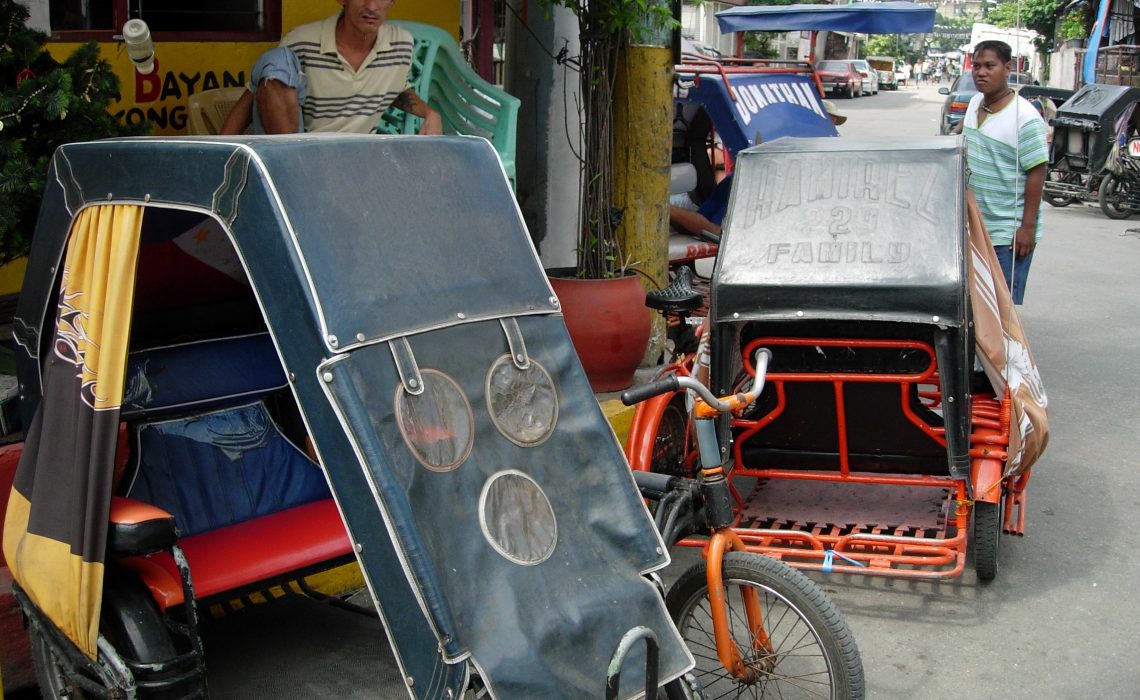
You might also like:
TRAVELERS don’t often think of Manila, the Philippines’ capital, as a destination unto itself.
It’s a real shame, because Manila has more history, culture and character than most visitors think. Take the walled city of Intramuros – the oldest part of the capital.
Founded in 1571 by Spanish conquistadors on the ashes of a native palisades fortress, Intramuros (Spanish for “within the walls”) survived pirate attacks, earthquakes, a British invasion (the guns-and-cannon kind, not the mop-top love-me-do kind), and local rebellions, only to be flattened by American carpet-bombing during World War II.
Most of Intramuros’ most interesting sights have been restored and repurposed: fortress walls turned into outdoor cafeterias, old houses transformed into museums, and armories converted into gift shops.
The rebuilding is by no means complete: some buildings have been left to remain as shells of their former selves, and roaming vagrants give parts of Intramuros a gritty edge.
It’s not as antiseptic as Disneyland, but Intramuros encapsulates Manila’s past and vibrant present as no other single place in the city can.
Getting around
Pedicabs are a common mode of transport. Pic: Wikimedia Commons
Manila City Hall (and the light-rail station that stops by it) is the ideal starting point for exploring Intramuros.
If you’re riding the train (LRT Line 1), get off at Central Terminal, walk across to Manila City Hall where an underpass will take you across busy Padre de Burgos Street and onto Victoria Street leading into the walls.
Intramuros is small, and easily navigated on foot – the city within the walls are a mere 67 sq km in area. If the narrow streets are just not pedestrian-friendly enough for you, then you can hire one of the following rides:
A walking tour of Intramuros

The Casa Manila Museum. Pic: Listen to the darkness
Turn right as you enter the Victoria gate of Intramuros, and you’ll find a ramp that takes you up on the top of the defensive wall.
The walls that give Intramuros its name are about 2.4 feet thick on average, and rise to a maximum of 6.7 meters. Parts of the wall extend outward, like the Baluarte de Dilao; this bulwark is decorated with replicas of cannons that once lined the entire perimeter of the city.
If you’re traveling on a weekday, descend the walls in front of the Real Street and Muralla Street intersection, and check out the cafeterias set into the walls along Muralla Street you can buy a cheap rice-and-meat meal here at student-friendly prices (about US$1-2) before you proceed on the rest of your Intramuros tour.
Walk southwest, straight down Real Street until you reach the first major church in your tour and the only UNESCO World Heritage Site in the city: the San Agustin Church, the oldest preserved stone church in the Philippines.
Completed in 1607, the church survived several earthquakes, including one in 1863 that practically flattened Intramuros. The church ceiling features magnificent trompe l’oeil artwork; a museum on the premises showcases centuries-old church art and relics.
Across the street from the church, the Plaza San Luis Complex replicates a genteel upper-class neighborhood, with the Casa Manila museum as its main highlight. The latter simulates a merchant’s home, complete with authentic furniture, cooking implements and décor of the time.

Plaza Roma beside the Manila Cathedral. Pic: Wikimedia Commons
Walk northwest up General Luna Street to Plaza Roma, a small square graced with a statue of King Carlos IV of Spain.
As you stand in Charlie’s shadow, you’ll find yourself surrounded by three Spanish-era power centers: the Ayuntamiento (the old City Hall), the Palacio del Governador (the former Spanish governor-general’s palace) and the Manila Cathedral. The first two are now government buildings, and hold little of interest to the tourist; the cathedral, as of press time, is closed for repairs.
From Plaza Roma, you can take a short walk to the oldest part of Intramuros, Fort Santiago, formerly the Spanish seat of power in colonial days, presently a quiet park and shrine for the Philippines’ national hero, Jose Rizal, who spent his last few days here before being frogmarched out to a firing squad, on a spot where Rizal Park stands today.
The post Getting lost in the historic Intramuros, Manila’s ‘walled city’ appeared first on Travel Wire Asia.
Source: travelwireasia.com
